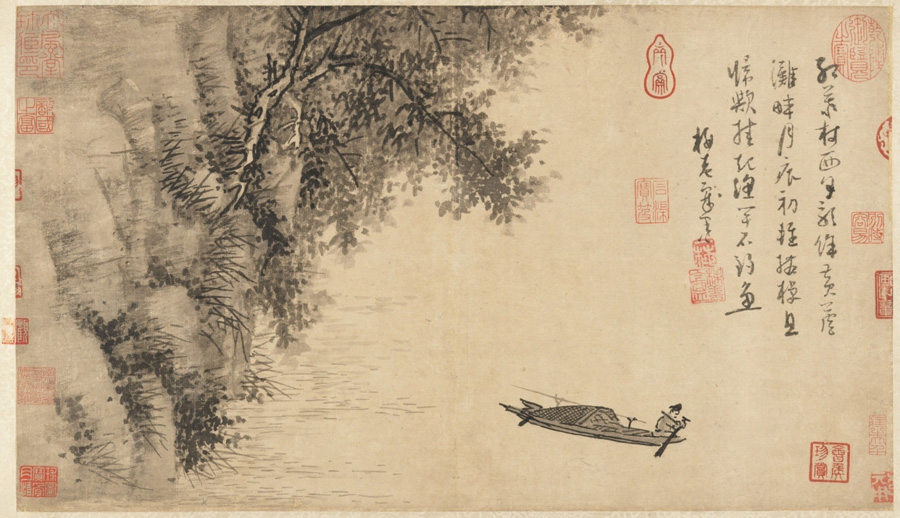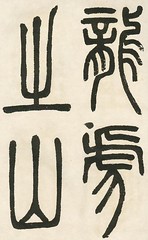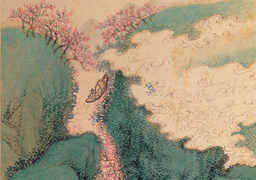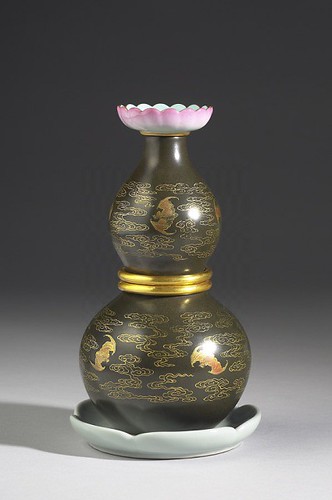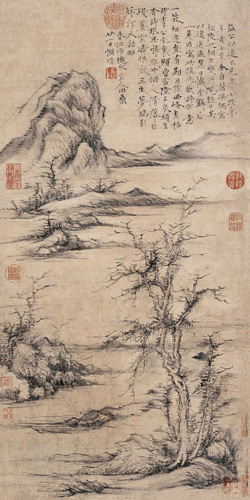Art In The The Yuan Dynasty (1279-1368)
During the Yuan Dynasty, painters turned more and more to express spirit and soul in their art. Scholar artists became the leading figures in painting, and they emphasized the expressive qualities inherent in brush and ink as a means of portraying personality, thought, and emotion. Their painting was characterized by simplicity, transcendence, and elegance. Court patronage of art was mainly limited to the Mongolian traditional arts such as textiles, jewelry, metalwork, and etc. Outside the court, cultural creativity in several of the arts, including calligraphy and painting, lost the traditional court patronage and set the stage for rise of scholar-amateurs (literati) to the center of the painting world.
Zhao Mengfu (1254-1322)
Regarded as one of the four master painters on the Yuan Dynasty. He was a versatile calligrapher and painter. His specialties included: horses, flowers, birds, landscapes, and figures.
 |
| "Elegant Rocks and Sparse Trees" |
 |
| "Training the Horse" |
 |
| "Bamboo" |

Huang Gong Wang (1269-1354)
One of the four master painters, he was an innovative landscapist. He used two styles of painting, one involving the use of light purple colors, while the other was the use of black ink only.
 |
| "Dwelling in the Fuchun Mountains" |
 |
| "Stone Cliff at the Pond of Heaven" |
 |
"Clearing After Sudden Snow"
|
Ni Zan (1301-1374)
Zan's landscape paintings bring out the great importance of brush works in Chinese landscape painting. Scholars read his paintings of simple, almost barren, and unpeopled landscapes as expressive of a longing for a simpler, cleaner, and peaceful world.
 |
| "Six Gentlemen" |
 |
| "Woods and Valleys of Mount Yu" |
 |
| "Rongxi Studio" |
Chinese Painting in Yuan Dynasty (1271-1368). (n.d.). Retrieved December 4, 2014, from http://www.art-virtue.com/painting/history/yuan/yuan.htm
